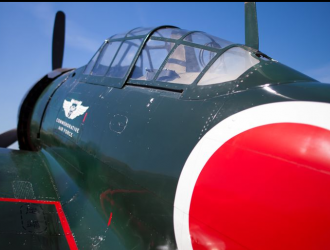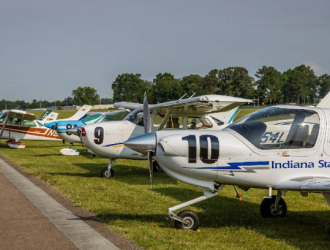
TaxiBot’s readiness for service appears well-timed, as airlines and airports feel pressure to further reduce air transport’s environmental footprint in response to last week’s adoption by ICAO of new global market-based measures to reduce carbon emissions as aviation’s contribution to the newly adopted Paris Agreement. According to IAI, TaxiBot consumes around 25 to 30 liters of fuel to tow a 737 or A320 to its takeoff position, compared with as much as 1,250 liters to taxi an aircraft under its own power in a typical 17-minute operation. The use of TaxiBot also promises a significant cut in carbon dioxide emissions, from around 7,040 pounds per typical taxi operation to less than 132 pounds.
Ground handlers couple the TaxiBot to the aircraft’s main nose landing gear at the gate and then decouple the vehicle on the taxiway as the aircraft prepares to move onto the runway. The pilot retains full control of taxiing, operating the TaxiBot via the tiller and brake pedals, and the system requires no modification to the aircraft. Trials of the TaxiBot have shown the system capable of taxiing a fully loaded 737 at a speed of 23 knots.
The significant reduction in fuel prices this year might have diluted the business case somewhat for investing in such a system, but TaxiBot project director Ron Braier told AIN that operators can still expect to cover the cost of the equipment (for which it hasn't published a list price) in just over two years. Customers will likely include airlines needing their own taxiing equipment at their base airports, ground handling providers and airports.
TaxiBot faces competition from Wheeltug of the U.S., which has been conducting its own trials with a 737-800 testbed aircraft provided by Air Transat. Last year, the manufacturer indicated the system, which uses electric motors, will enter service in 2017.
Meanwhile, Safran and Honeywell continue development of their electric green taxiing system with the aim of achieving certification in 2018. The system uses special motors installed on the main landing gear that receive electrical power from the auxiliary power unit.



